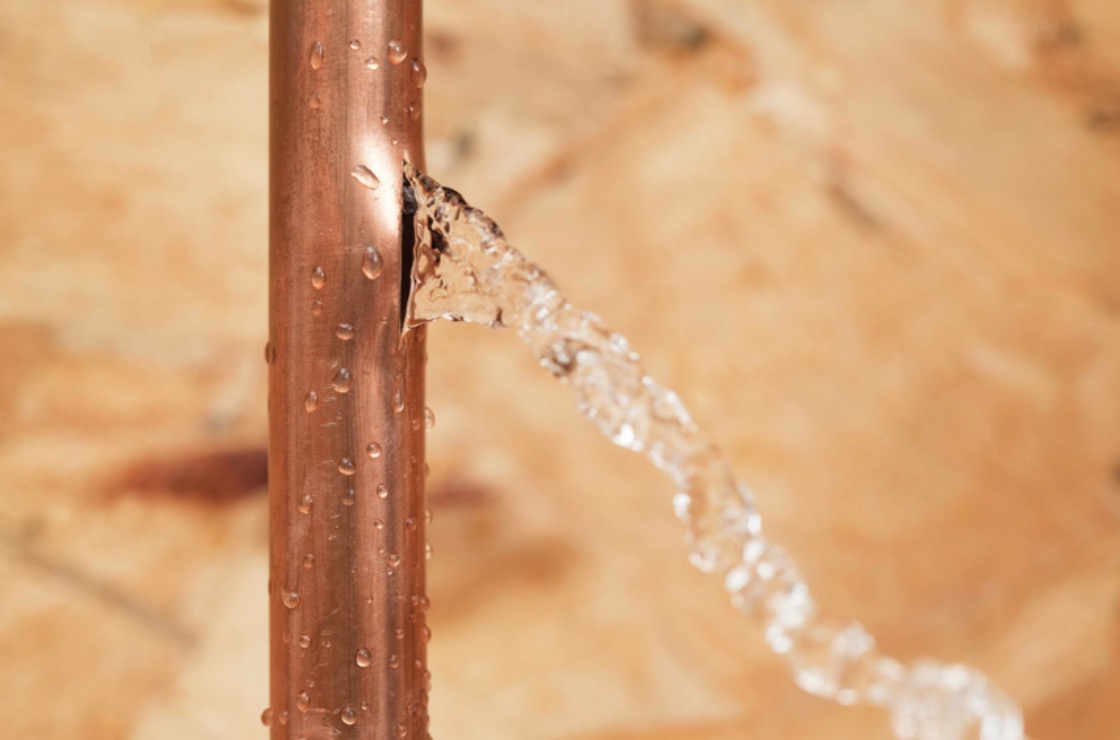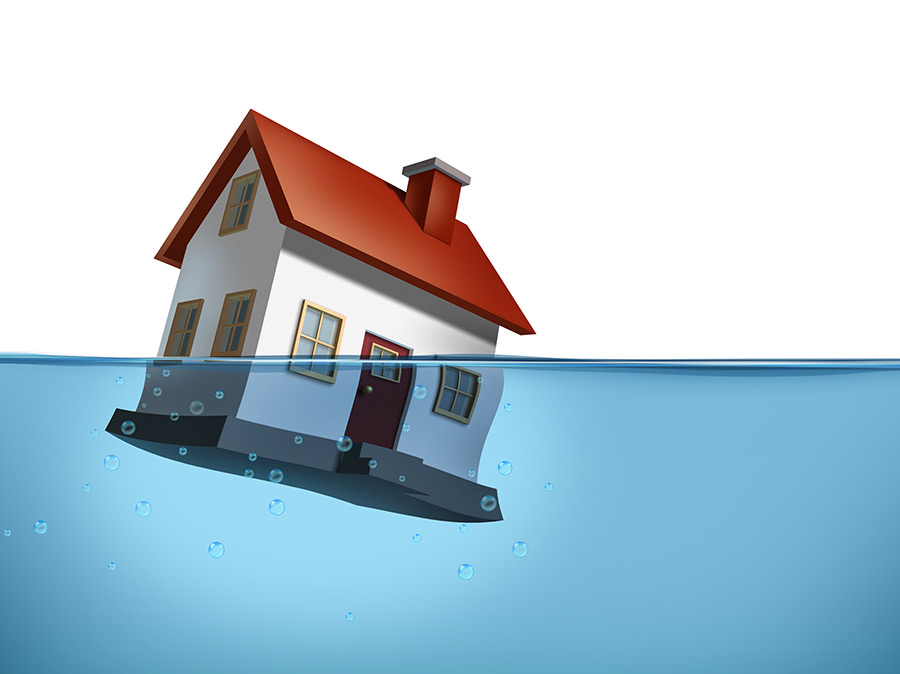Learn About Common Factors Triggering Water Leak Issues in Your Residence
Learn About Common Factors Triggering Water Leak Issues in Your Residence
Blog Article
Here in the next paragraph you can find additional professional insights when it comes to How to detect water leaks in your home.

Leaks not only cause waste of water but can also create unneeded damage to your home and advertise undesirable organic growth. However, water leakages might go undetected given that the majority of the pipework in our home is concealed. By understanding and also looking for day-to-day situations that trigger leakages, you can shield your home from future leaks and also unneeded damage. Today, we will certainly look at six leakage triggers that might be causing your pipelines to trickle.
Elbowing in origins
Most water leaks begin outside the house rather than inside it. You could notice wet spots or sinkholes in your backyard, and that may indicate that tree origins are getting into water lines causing water to seep out.
Rusty water systems
As time passes by, your plumbing system ages and deterioration such as corrosion may begin eating away the pipelines. This could be the root cause of discoloration or bending on your water pipes. This asks for an examination with your plumber quickly. If our plumbing system is old, think about replacing the pipelines since they are at a greater risk of deterioration than the newer designs.
Malfunctioning Pipe Joints
Pipeline joints can degrade over time, resulting in water leaks. If you have loud pipes that make ticking or banging noises, particularly when the hot water is turned on, your pipe joints are most likely under a lot of pressure.
Instantaneous temperature modifications.
Severe temperature level changes in our pipes can create them to increase as well as contract all of a sudden. This development and also contraction might trigger splits in the pipes, specifically if the temperature are below freezing. If you maintained an eye on just how your plumbing functions, it would be best. The presence of the previously mentioned situations frequently suggests a high danger.
Poor Water Connectors
Sometimes, a leakage can be triggered by loosened hoses as well as pipes that provide your appliances. More often than not, moving is what creates the loose water Connections. You might find in the case of a washing maker, a hose pipe may spring a leak as a result of drinking throughout the spin cycle. In case of a water connections leak, you may discover water running directly from the supply line or pools around your appliances.
Clogged Drains
Clogged drains may be frustrating and also inconveniencing, however they can sometimes end up causing an overflow resulting in rupture pipelines. Keep eliminating any materials that may decrease your drains pipes that might block them to avoid such inconveniences.
All the above are sources of leaks but not all water leakages arise from plumbing leakages; some leakages could originate from roofing leakages. All leakages must be fixed quickly to stay clear of water damages.
Leaks not only create waste of water however can likewise cause unnecessary damages to your house and advertise undesirable organic development. By looking and also understanding for daily circumstances that create leakages, you can shield your residence from future leaks and unnecessary damages. Today, we will look at six leak creates that might be causing your pipelines to leak.
At times, a leak can be triggered by loosened hose pipes as well as pipelines that provide your appliances. In case of a water connections leak, you may observe water running directly from the supply line or pools around your home appliances.
How To Check For Water Leak In Your Home
How To Check for Leaks
The average household's leaks can account for nearly 10,000 gallons of water wasted every year and ten percent of homes have leaks that waste 90 gallons or more per day. Common types of leaks found in the home are worn toilet flappers, dripping faucets, and other leaking valves. These types of leaks are often easy to fix, requiring only a few tools and hardware that can pay for themselves in water savings. Fixing easily corrected household water leaks can save homeowners about 10 percent on their water bills.
To check for leaks in your home, you first need to determine whether you're wasting water and then identify the source of the leak. Here are some tips for finding leaks:
Take a look at your water usage during a colder month, such as January or February. If a family of four exceeds 12,000 gallons per month, there are serious leaks.
Check your water meter before and after a two-hour period when no water is being used. If the meter changes at all, you probably have a leak.
Identify toilet leaks by placing a drop of food coloring in the toilet tank. If any color shows up in the bowl after 10 minutes, you have a leak. (Be sure to flush immediately after the experiment to avoid staining the tank.)
Examine faucet gaskets and pipe fittings for any water on the outside of the pipe to check for surface leaks.
Undetected water leaks can happen without the home or business owner even realizing. If you suspect a water leak, but not able to find the source. It is time to contact a professional water leak detection service, The Leak Doctor.
How To Find a Water Leak In Your Home
https://www.leakdoctor.com/blog/How-To-Check-For-Water-Leak-In-Your-Home_AE197.html

Do you like reading about How to Find Water Leaks? Leave a remark directly below. We'd be glad to listen to your reactions about this write up. Hoping to see you back again in the future. Enjoyed our write-up? Please share it. Let other people find it. Kudos for your time. Visit again soon.
Resolve fast, contact! Report this page